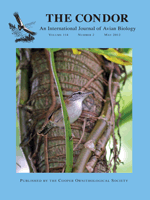Within a population, the sizes of eggs and clutches vary, and the combination of both determines a female's reproductive investment. We investigated females' investment in clutches of the Chilean Swallow (Tachycineta meyeni) at the southern limit of its range, where it breeds in an extreme climate. We analyzed variation in clutch, egg and yolk size in relation to the female's condition, date of laying, and position in the sequence of laying. As predicted by energy/nutrient constraints, clutch size and yolk size decreased over the breeding season, though egg mass increased. Females' investment strategy differed with clutch size: their investment in eggs increased with each successive egg in clutches of 4 and 5 eggs but decreased with each successive egg in clutches of 3 eggs. Eggs that were heavier for their size were more likely to hatch than eggs light for their size. Females may make a strategic decision, with high investment in eggs laid early resulting in a short sequence (small clutch) and delayed investment resulting in a long sequence (large clutch). Alternatively, the shift in clutch investment may simply be a consequence of physiology. Better estimates of female body condition are needed for these options to be distinguished.
How to translate text using browser tools
1 May 2012
Clutch Investment in the Chilean Swallow (Tachycineta meyeni) Shifts with Time of Breeding and Position in the Sequence of Laying
Marcela Liljesthröm,
Caren Cooper,
Juan C. Reboreda
ACCESS THE FULL ARTICLE

The Condor
Vol. 114 • No. 2
May 2012
Vol. 114 • No. 2
May 2012
clutch size
egg size
laying order
Reproductive investment
Tachycineta meyeni




